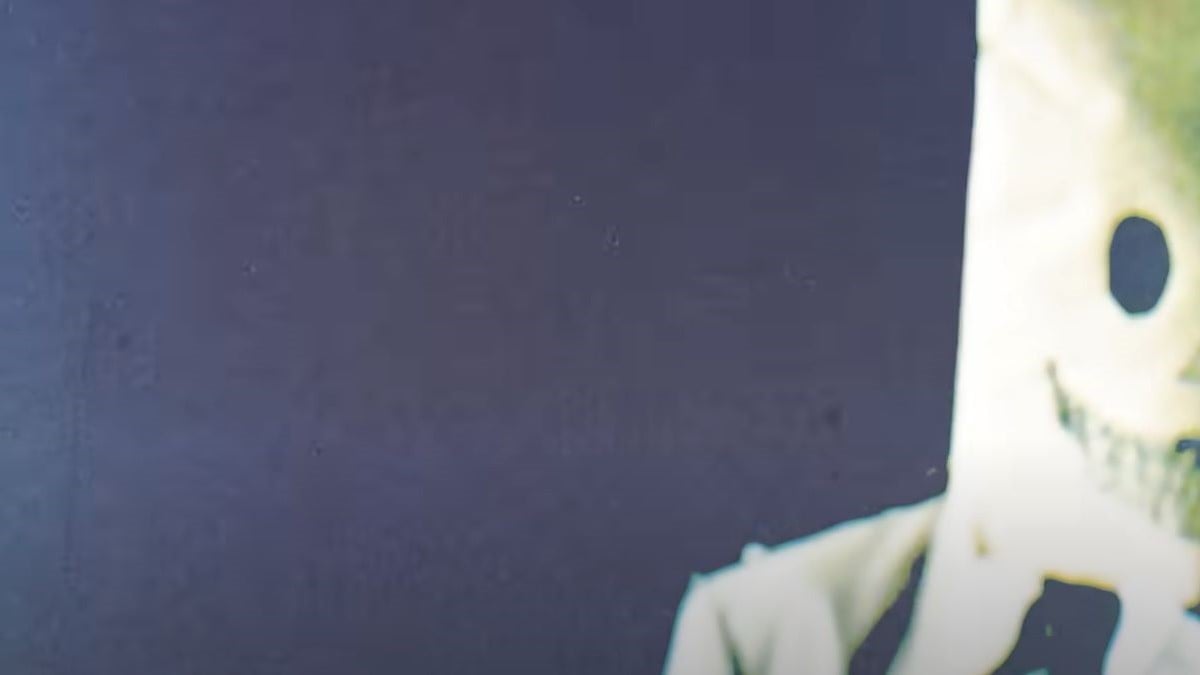Lucas Pope, creator of Papers, Please, gets a lot of mileage out of putting players in roles that sound miserable at first blush. In Papers, Please, players worked as a customs agent for the dystopian society of Arstotzka, shuffling through documents to match dates, country of origin, and other vital statistics. In his latest, Return of the Obra Dinn, players assume the role of an appraiser for a maritime insurance company. If assessing the damages of an ill-fated merchant ship doesn’t sound exciting (or even if it does—I see you out there), Obra Dinn doesn’t fixate on the specifics of claims adjustment for too long—the game quickly takes a turn toward the supernatural. Early on, players are given a scrapbook filled with various artifacts of the Obra Dinn‘s voyage and a mysterious pocket watch that sheds light on the fates of the ship’s unfortunate passengers.
Whenever the player stumbles upon the remains of one of the ship’s crew, the pocket watch takes them to the scene of that victim’s tragic death. The game chunks all of the sensory information you are given. Each small vignette begins with only the sounds surrounding the events leading to the passenger’s death. The game owes so much of its tone setting to sound, so it was a brilliant idea to showcase the game’s stunning foley work and voice acting in this way. It’s a move that completely justified the game’s minimalist aesthetic as more than just a nostalgia play. The game’s score, too, is pitch perfect for this type of game—surprisingly buoyant, but mercurial and unsettling.

When the often grizzly death scenes are finally rendered visually, players are given a few moments to examine a frozen three-dimensional snapshot of the events that transpired. Helpfully, players are restricted by the pocket watch to a small area surrounding the scene. Players can then take note of the other passengers who witnessed or played a part in the victim’s death. This whole Black Lodge-like angle serves as a sort of crime scene barrier, and it works because it forces players to focus on what precious little information each scene yields.
Like Paper’s, Please before it, Obra Dinn is a game driven by information in its rawest form. One can imagine the reality of a task like the one this game’s protagonist is charged with—spending endless, candlelit hours struggling with loose bits of paper containing hastily scribbled notes, cross-referencing crew sketches and ship manifests. In all of his games, Lucas Pope has made it something of a mission to make these sorts of rote tasks enjoyable by giving players just the right amount of simulated assistance. In Obra Dinn, these quality-of-life features aren’t gated behind a draconian system of power-ups, as was more appropriate for Papers, Please—they come standard. When examining any of the passengers’ remains in the game, players can immediately jump to their entry in the game’s log, reference how many scenes they’ve appeared in, and receive a detailed map of where those scenes can be relived.

The game is rendered lovingly in the Unity game engine in a 1-bit monochromatic style reminiscent of the earliest computer games. The low-fi style is a perfect match for the game’s setting and themes, which would have been right at home on the Macintosh or Apple IIs of the past—Obra Dinn revels in the mystery genre in a way few games have since the largely text-driven adventures of PC gaming’s yesteryear. Players can even change the monochromatic filter to match other early personal computer monitors, such as the Commodore 1084 or the IBM 5151. The minimalist graphical treatment also serves to bolster the game’s emphasis on the synthesis of information.
At the heart of Return of the Obra Dinn is a deep logic puzzle. To unravel the complete fate of the titular ship, players will have to puzzle out what happened to all 60-some of the ship’s passenger including their cause of death, who or what killed them, or whether or not they escaped the ship altogether. It’s a dense mystery, masterfully constructed, and it will take multiple playthroughs to puzzle everything out. Still, there is an enormous sense of satisfaction that comes with each new revelation, especially since the game’s core puzzle is so reliant on the player’s deductive reasoning—this spartan emphasis on good detective work is especially refreshing in a landscape of games offering on-rails mystery elements. By hewing close to genre’s origins, both visually and thematically (though not without some genuine innovations of his own), Lucas Pope has delivered one of the best games of the year and, certainly one of the best murder mystery games of all time.
This review is based on the PC version of the game, which was provided by 3909 LLC.








Published: Nov 13, 2018 09:02 am